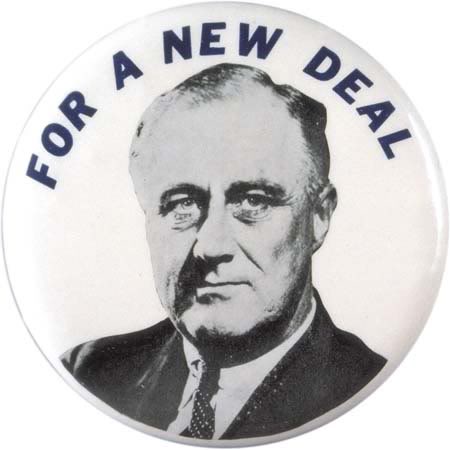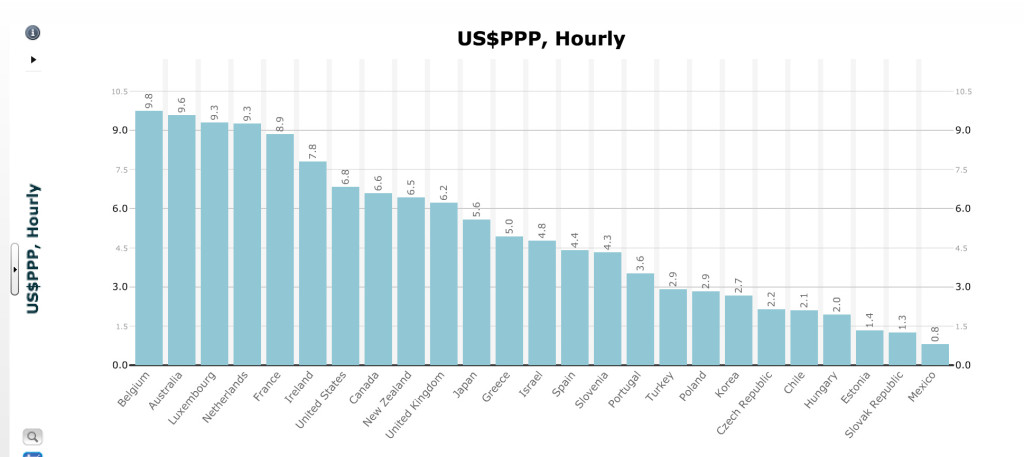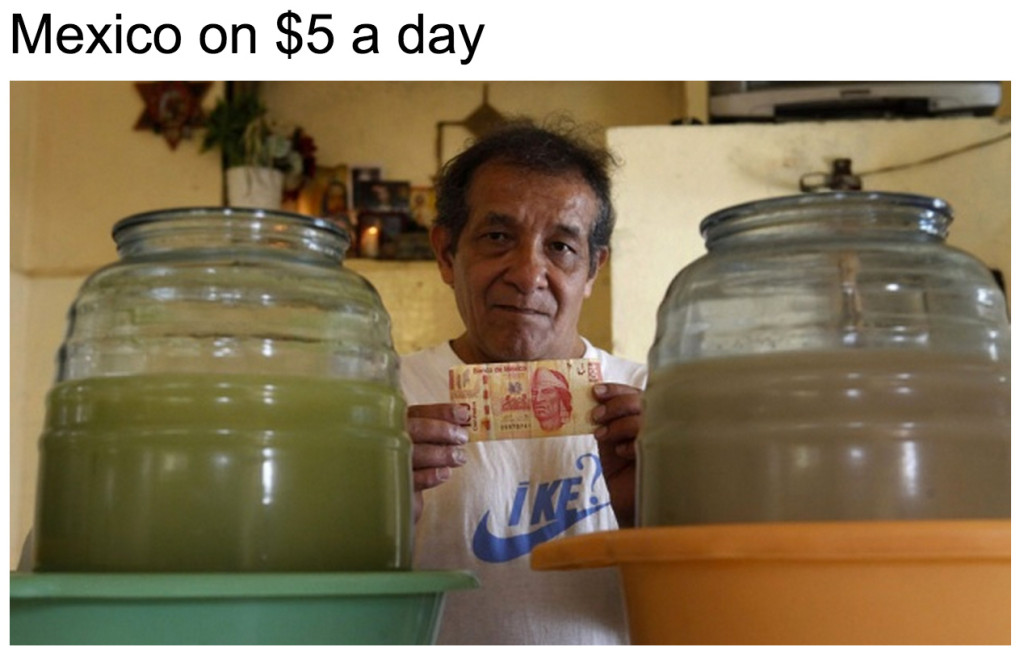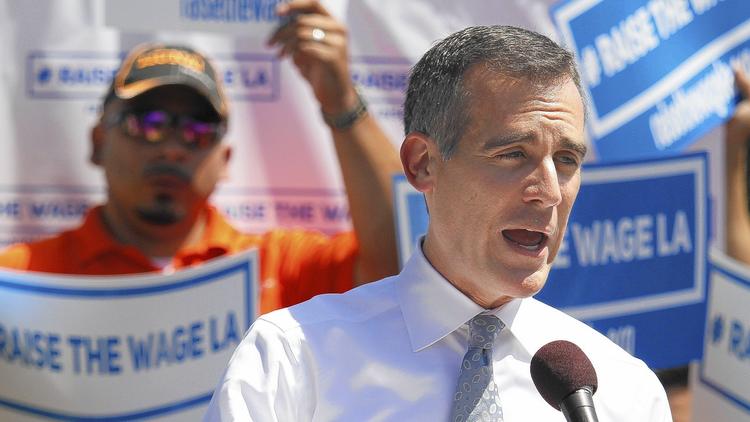Los Angeles hotel owners got a jolt early this year when Mayor Eric Garcetti announced a plan to boost the minimum wage for 10,000 housekeepers, bellboys, janitors and other menial workers at the city’s largest hotels from $9 to $15.37.
Now Garcetti wants to bring that pay raise to all industries across the city, ultimately aiming to lift 567,000 people out of poverty. He said in a statement:
Our city has always enjoyed the greatest prosperity when everyone can afford to support themselves and contribute to our economy.
By improving the quality of life for the working class, the mayor also aims to boost the economy. Will it work? And conversely, what can the minimum wage tell us about the economy’s health?
As the logic goes, people spend more money if they earn more money — one reason the minimum wage is an interesting, if untraditional, economic indicator.
The minimum wage can also help gauge a region’s economic health by telling us how much even the smallest businesses are able to pay their workers and still make enough money to produce profits.

A graph from the LA Times compares minimum wages across the country.
When the minimum wage was implemented in 1938 at the tail end of the Great Depression, a time when the enormous demand for jobs caused wages to drastically drop, the amount was 25 cents per hour. The wage was supposed to be enough to provide for “health, efficiency and general well-being” without “substantially curtailing employment.” Employers opposed the move, arguing that it would hurt businesses – an argument they still make today.
Still, the program stuck, evidently successful in keeping money circulating in a recovering economy. America’s minimum wage has never decreased, even during its worst recessions, indicating that our economy has been growing, if perhaps unevenly.

President Franklin Roosevelt instituted the first minimum wage.
In 2009, the minimum wage rose from $6.55 to $7.25. But before a three-part increase began in 2007, it had been stuck at $5.15 for a decade.
Now that our country is coming out of one of the worst recessions in history, the fact that politicians like Garcetti want to significantly raise the minimum wage suggests optimism that the some of the city’s largest cities are poised for economic expansion – capable of paying workers more, and poised to benefit when those workers go out and spend their money rather than save it at home out of fear of another recession.
Garcetti’s plan has the support of many councilmembers and the working-class public – even if business owners are concerned about additional costs.
A study by UC Berkeley economists suggests that the proposal would significantly increase the incomes of low-wage workers while businesses would absorb the higher costs. The only problem for consumers could be a small, one-time increase in restaurant prices. The researchers also predict that higher wages would lead to improved stability and less turnover for businesses, improving their efficiency and productivity.
On a larger scale, the minimum wage is an interesting way to compare the quality of life among countries abroad, offering different rankings than the GDP or other traditional indicators can measure.

Hourly minimum wages around the world, according to the OECD
Australia appears to have one of the world’s highest minimum wages – nearly $17 an hour, or roughly $10 using the Purchasing Power Parity measurement. Economists say the biggest reason for such a wage is the high cost of living. Australia ranks 12 on the GDP list, not too shabby.
Mexico comes close behind with the 14th-largest GDP, yet still has one of the world’s lowest minimum wages. The federal minimum wage in 2013 was 80 cents per hour in PPP, or just 60 cents per hour according to the U.S. exchange rate. Wages vary around the country, but one of the highest minimum wages is about $5 in Mexico City.

A series of photo slideshows from Reuters explores the differences among countries based on their minimum wage.
The minimum wage does not specifically measure our country’s economic growth. Still, the pattern of how it has steadily increased the past seventy-five years proves that our economy has expanded despite some dramatic recessions.
If Los Angeles succeeds in raising its minimum wage, other major cities could follow suit. And if the new wages herald in a new period of economic growth in the city, as Garcetti hopes, perhaps other cities will follow this example and spur growth nationwide.

Leave a Reply
You must be logged in to post a comment.